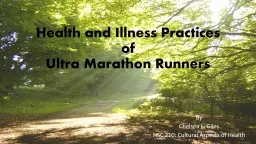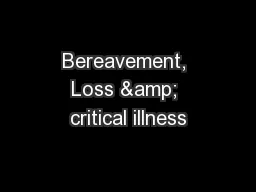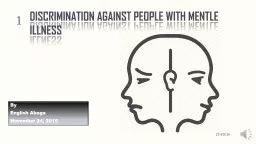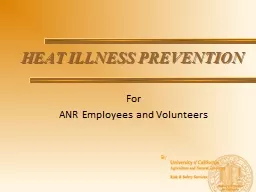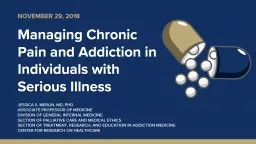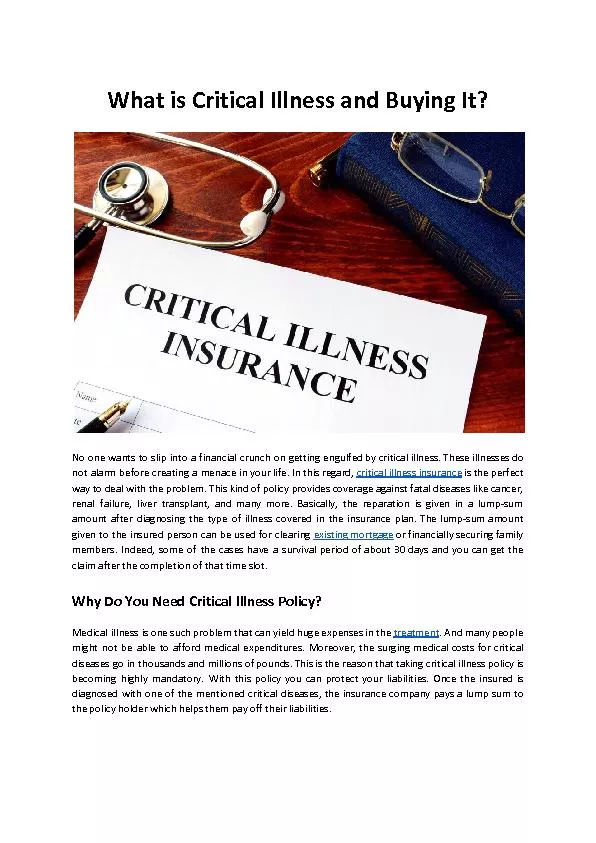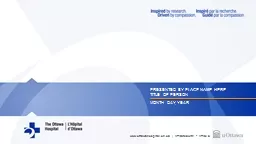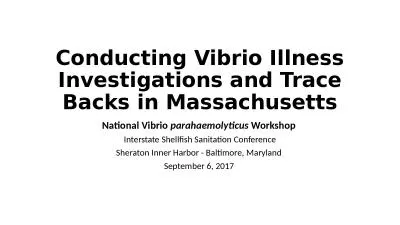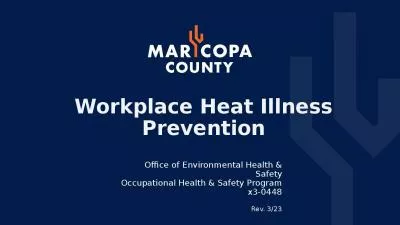PPT-Health and Illness Practices
Author : pasty-toler | Published Date : 2018-12-05
of Ultra Marathon Runners By Chelsea L Giles HSC 210 Cultural Aspects of Health Learning Objectives Learn the history of ultra marathon running Understand what drives
Presentation Embed Code
Download Presentation
Download Presentation The PPT/PDF document "Health and Illness Practices" is the property of its rightful owner. Permission is granted to download and print the materials on this website for personal, non-commercial use only, and to display it on your personal computer provided you do not modify the materials and that you retain all copyright notices contained in the materials. By downloading content from our website, you accept the terms of this agreement.
Health and Illness Practices: Transcript
Download Rules Of Document
"Health and Illness Practices"The content belongs to its owner. You may download and print it for personal use, without modification, and keep all copyright notices. By downloading, you agree to these terms.
Related Documents

